This 1972 Ford Transit provides an instant hit of nostalgia, reminding us all of how a pervasive and seemingly permanent fixture of the motoring scene can slip away almost without us noticing — it’s also great fun
By Ian Parkes
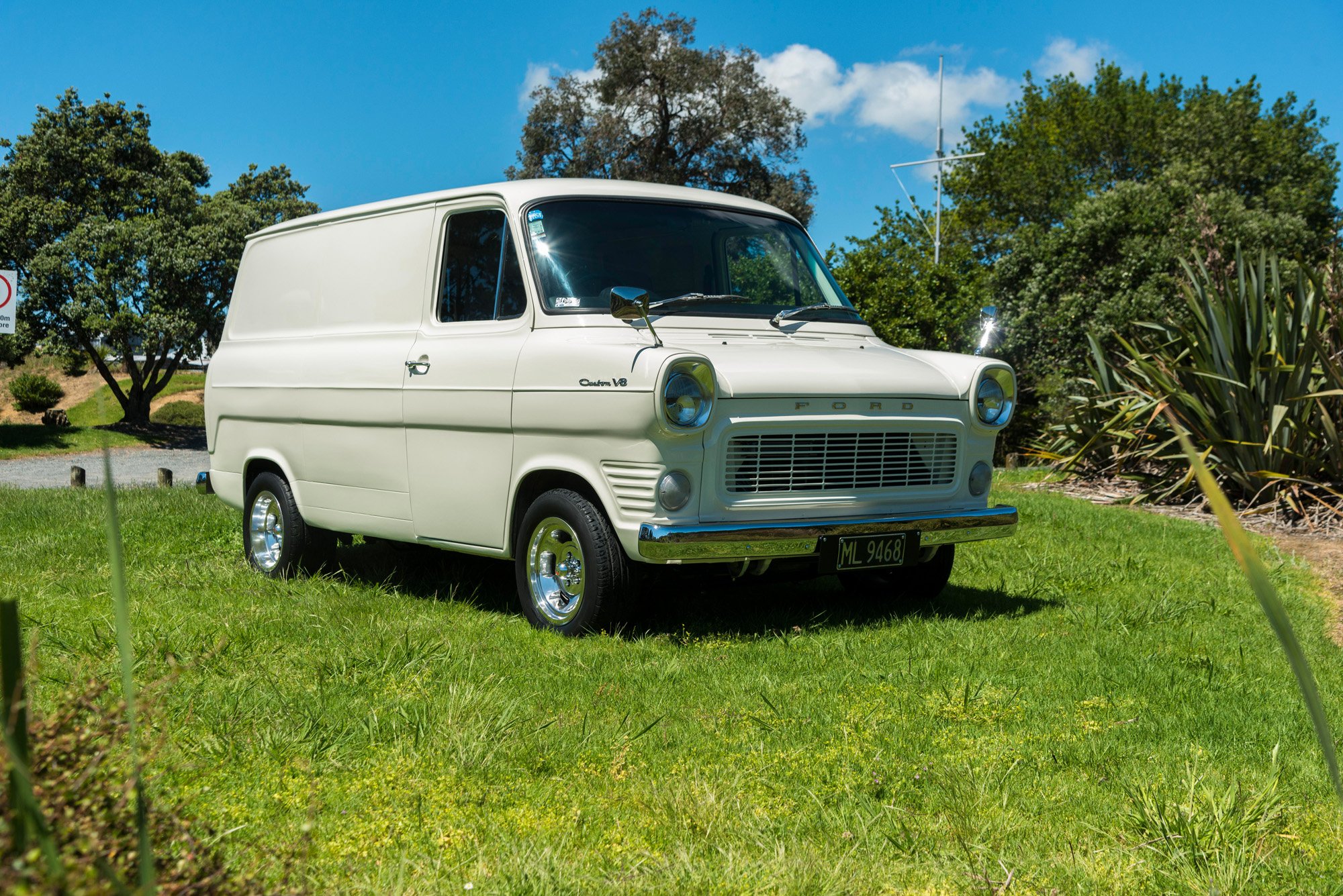
Clearly you appreciate this, but not everyone knows that vans are cool. They used to be more widely recognised as cool when we still had Sandman panel vans — as shown in the December issue of Classic Car — and Sundowner versions of the Transit van.
It’s interesting to note that, after a long absence, Ford has recently released tricked-out versions of the latest iteration of the Transit Custom van here, with mag wheels and go-faster stripes. That was all that some people needed to remember that Transits are up for fun as well as function, and that they have an unmatched ability to swallow a whole lot of kit for camping or water sports.
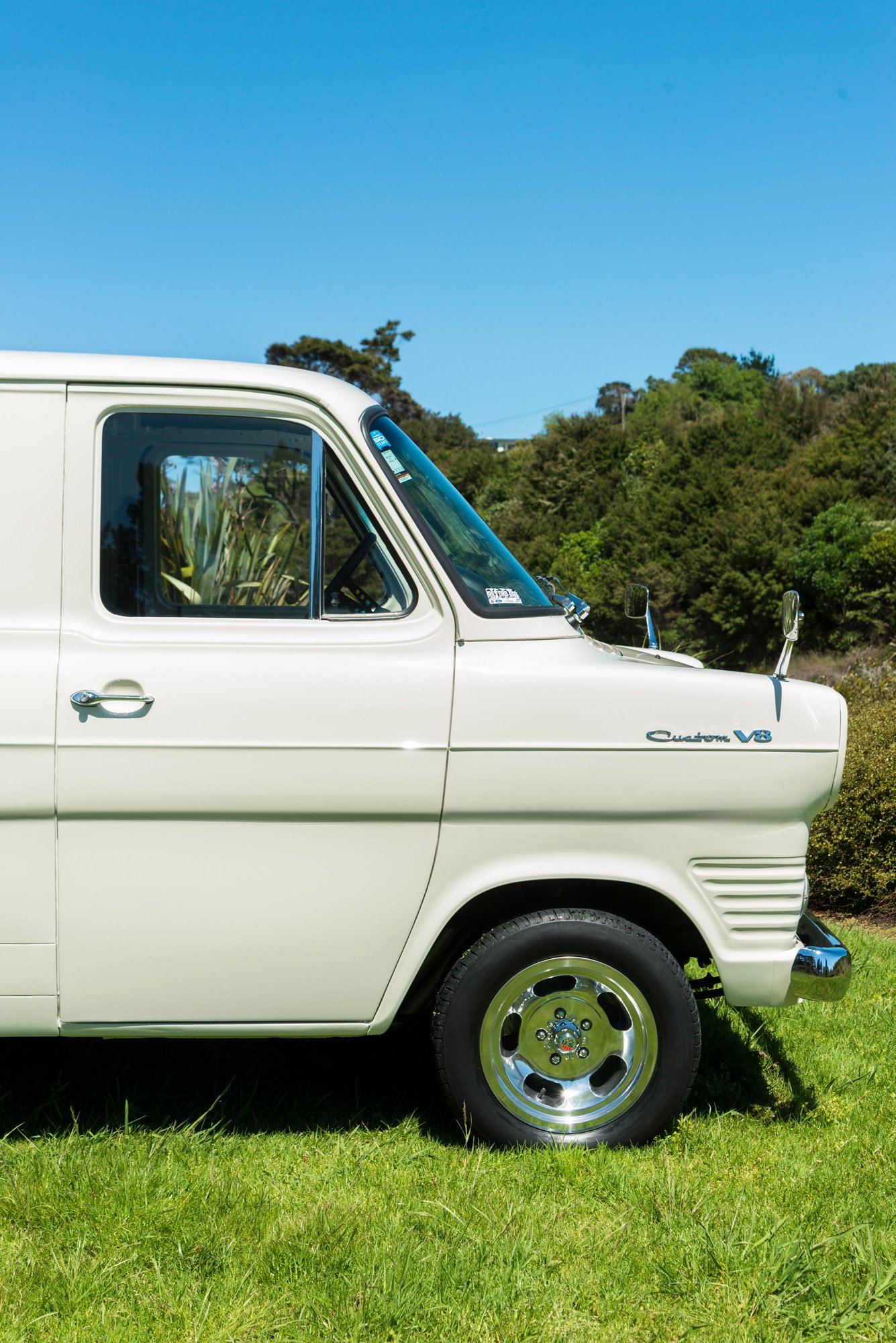
It’s also good to see vans making something of a comeback recently in the functional vehicle stakes, for tradies as well as courier drivers. Commercial van sales are increasing, and so they should because — let’s get one thing straight — vans are cooler than utes. While utes might be fashionable, their sheer popularity has eroded any actual coolness. They don’t get to be cool just because their impracticality means they can’t be considered as a sensible choice.
Maybe utes are a practical proposition on dusty farms in Australia but their popularity with tradies here is baffling. Utes have a high-loading platform, making heavy stuff a threat to back, limb, and livelihood. They are open to theft and the weather — and it rains a lot in winter — unless you add a lid, which restricts the load space to about half that of the average estate car. Basically, you need to tow a trailer to carry anything more than a toolbox and a few fence posts.
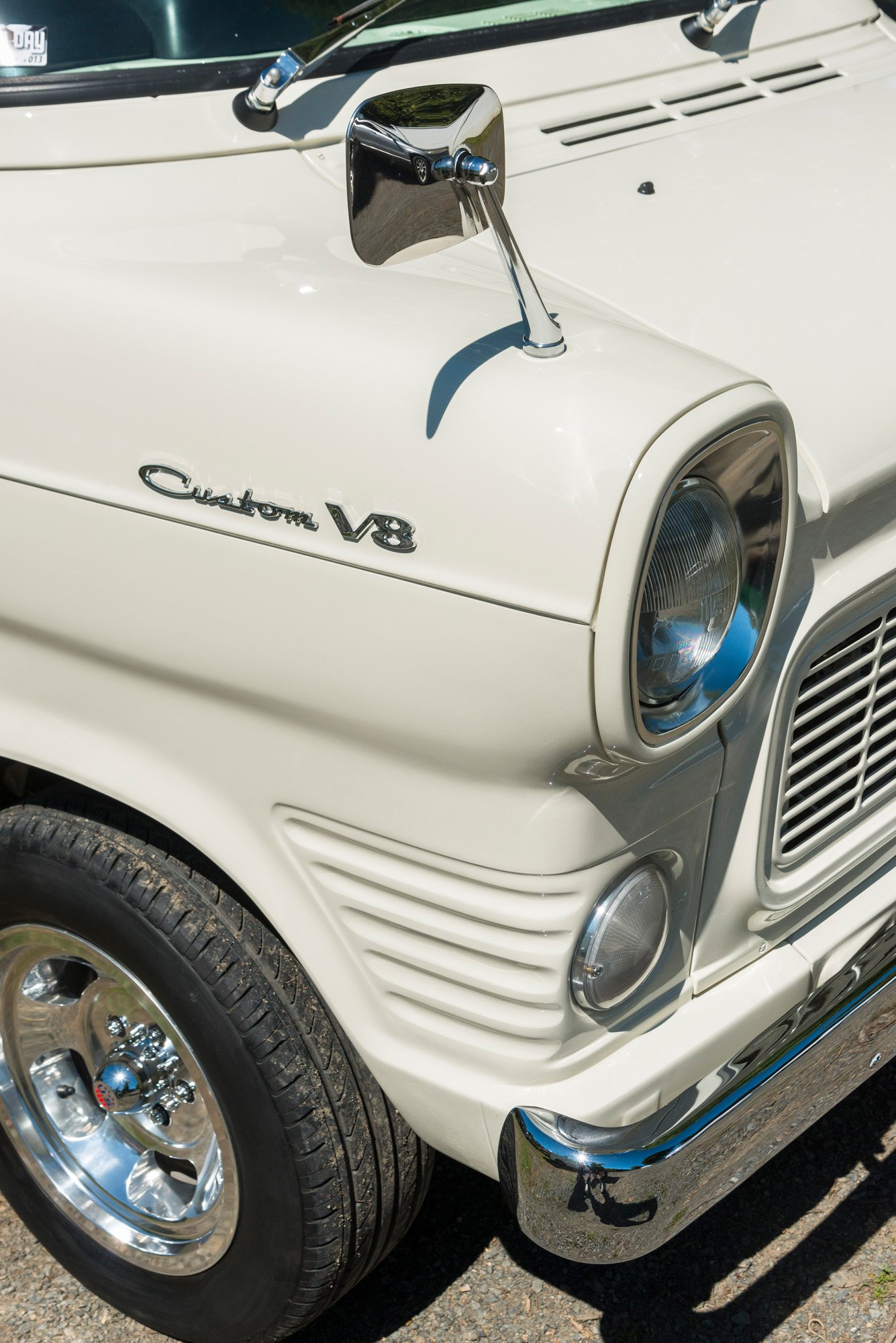
Practicality plus
Contrast that with the Ford Transit, which was actually designed around full-size sheets of ply. You can carry them inside, in the dry, along with your workbench and a vast array of tools and parts. On the whole, I’d prefer tradespeople whose vehicles showed they were practical folk, rather than ‘tough’.
There’s a good reason for the UK phenomenon of the ‘white van man’ carrying everything he needs for plying his trade or odd jobbing, or carrying goods or furniture in the oh-so-practical Transit.
Famously, you could also fit a gang of hardened criminals inside. In 1972, Scotland Yard made a statement: “Ford Transits are used in 95 percent of bank raids. With the performance of a car and space for 1.75 tonnes of loot, the Transit is proving to be the perfect getaway vehicle.”
It should probably have been on a poster as ‘Britain’s most wanted’. Plenty of cool credits there.

Trans-Europe express
The name Transit was originally applied to a van from Ford’s German subsidiary, the Taunus Transit, which looked a bit like a Commer van from the same period, the late ’50s. At the time Ford of England was marketing the Thames van so, instead of having these outfits fighting each other in Europe, Ford created Ford of Europe. The new 1965 Mk I Transit became the joint entity’s first product.
It was a radically different vehicle when it was introduced — almost a sensation. It offered much more space and, as the cops noted, the much wider track conferred much better handling than the Thames and Commer commercials that preceded it. The tucked-under wheels of the former meant they always looked on the point of tripping over themselves.
Drivers also appreciated the Transit’s conventional bonnet, which placed the stumpy 1.7l and 2l Essex V4s out in front, so they didn’t have to share the cab with noisy, smelly, and hot engines as they did in the ‘forward control’ competition.
As the body styles proliferated — long and short wheelbase versions, crew cabs, and so on — so did the engine choices. A 32kW (43bhp) Perkins diesel engine variant was offered and, as it was too long to fit under the stubby bonnet, it came with a longer bonnet and squared-off grille, nicknamed the bull-nose or, less charitably, the pig-snout version.
The long-nosed body also meant the Ford three-litreV6 Essex engine could be slotted into the high-performance versions that Ford supplied to police and ambulance services, as well as the criminal fraternity.
This was matched in Australia in 1972 with, first, the pre-crossflow 200cu in inline six that powered the Ford Falcon. Then, in 1978, the Mk II Transit got a 4.1-litre Falcon engine. The lines of the Mk II were squared off and the van was given the standard Ford face of the time with square headlights set in a black oblong grille, as seen in the Escort Mk II.
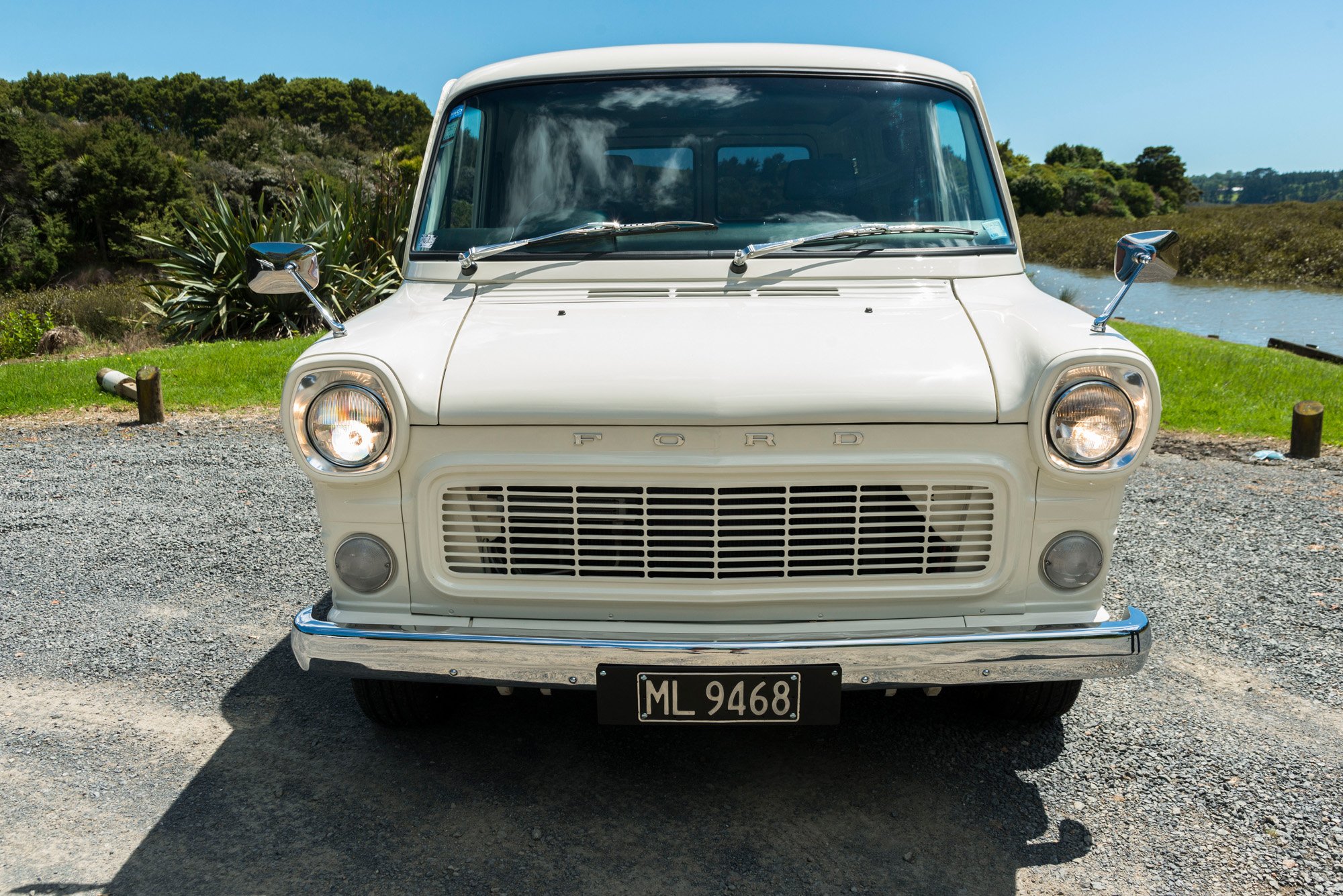
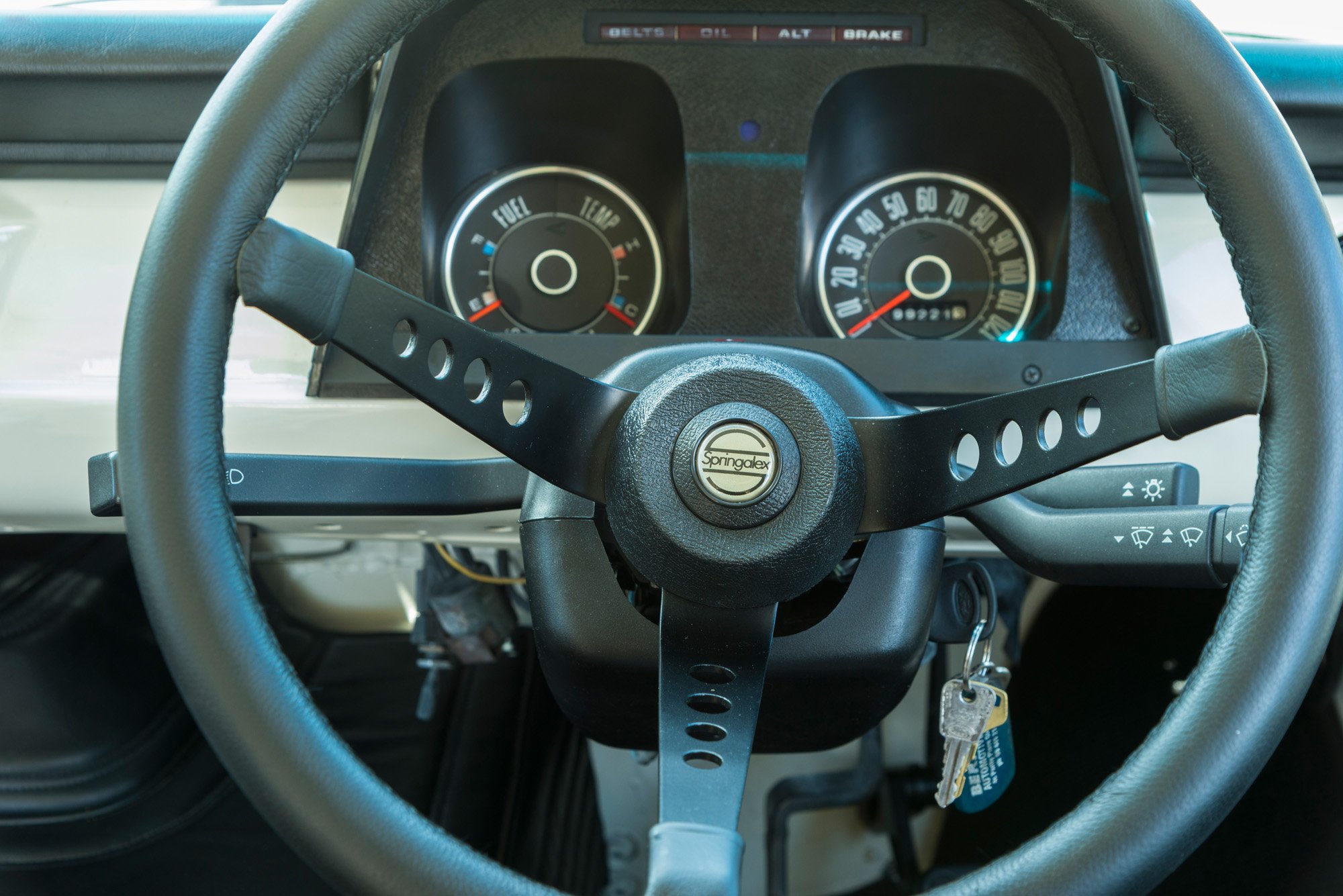
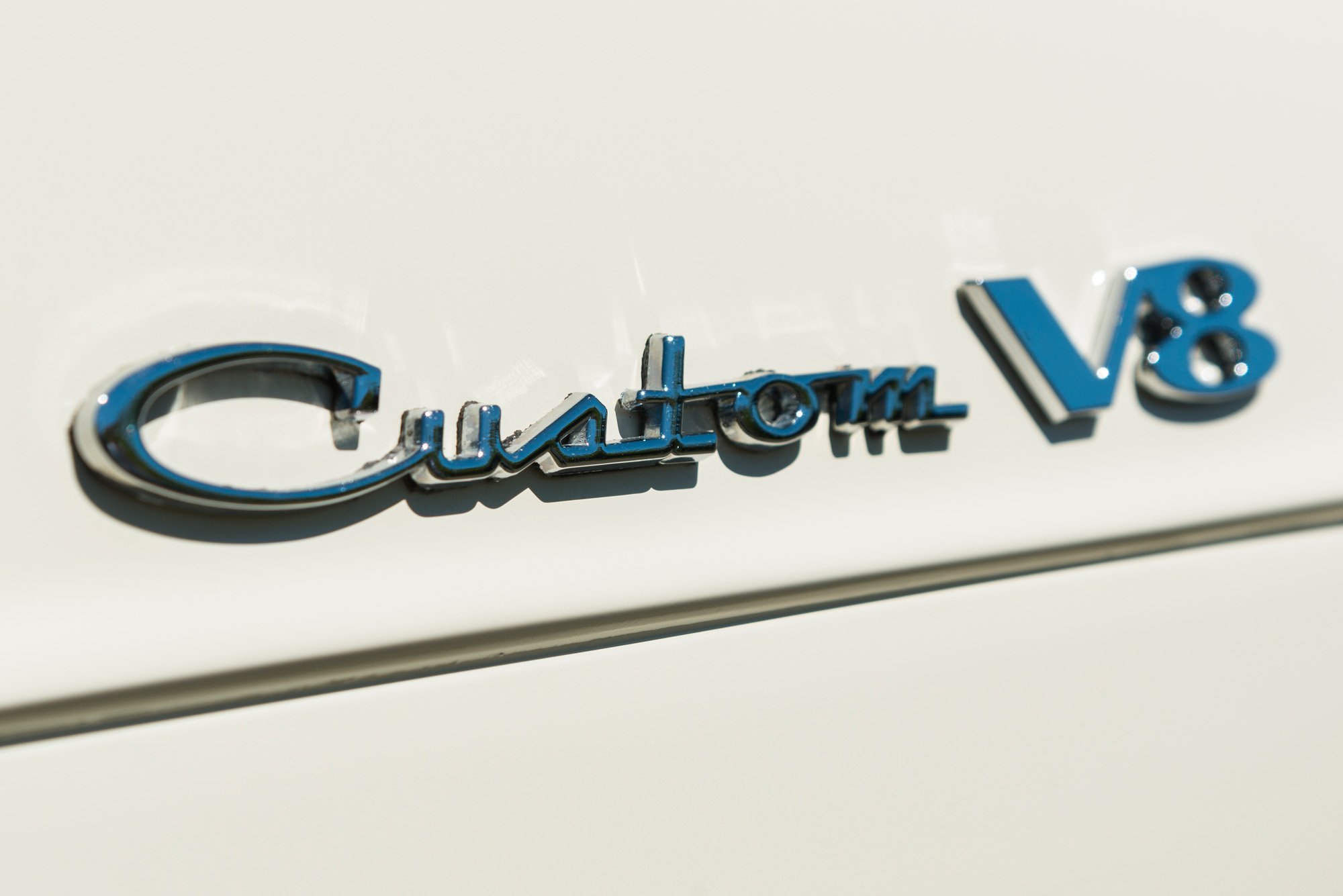
Go configure
The Transit soared from strength to strength, becoming available in six body styles offering 3 to 17 seats in both SWB and LWB versions and with a choice of five engines, from 1.6-litre to 2.4-litre diesel in Europe. Apparently this gave a total of 32 door combinations, a version for every possible need — a level of versatility that no doubt played a big part in the model’s commercial success. It was assembled in Genk in Belgium, in Southampton, in Amsterdam, in Istanbul, at Broadmeadows in Australia, and in Lower Hutt.
This first generation, the Mark I and Mark II, continued through to 1986 — a 21-year run that turned out more than two million vehicles, unmatched by any of the three subsequent generations, as other manufacturers brought out their own version of the Transit formula.
The all-new second generation, introduced in 1986, was much more of a one-box design, with a sloping windscreen that merged with the sloping bonnet. It was a more modern design but much less characterful.
It’s the lines of Mark I vehicle that most appealed to Transit fan Conrad Timms, along with its rarity — yes, Transits had to work hard and they were so common they weren’t really considered worth preserving but it is still surprising that so few survive.
Conrad has five others at home, four of the second generation and a current model Transit Custom, which gets the most use. He previously owned a Mark II Transit van that has already featured on the cover of this magazine. It was the tow wagon painted in the matching Rothmans racing livery of a Porsche that competed regularly in Targa NZ. (That feature should really have been headlined ‘It takes two to Targa’.)
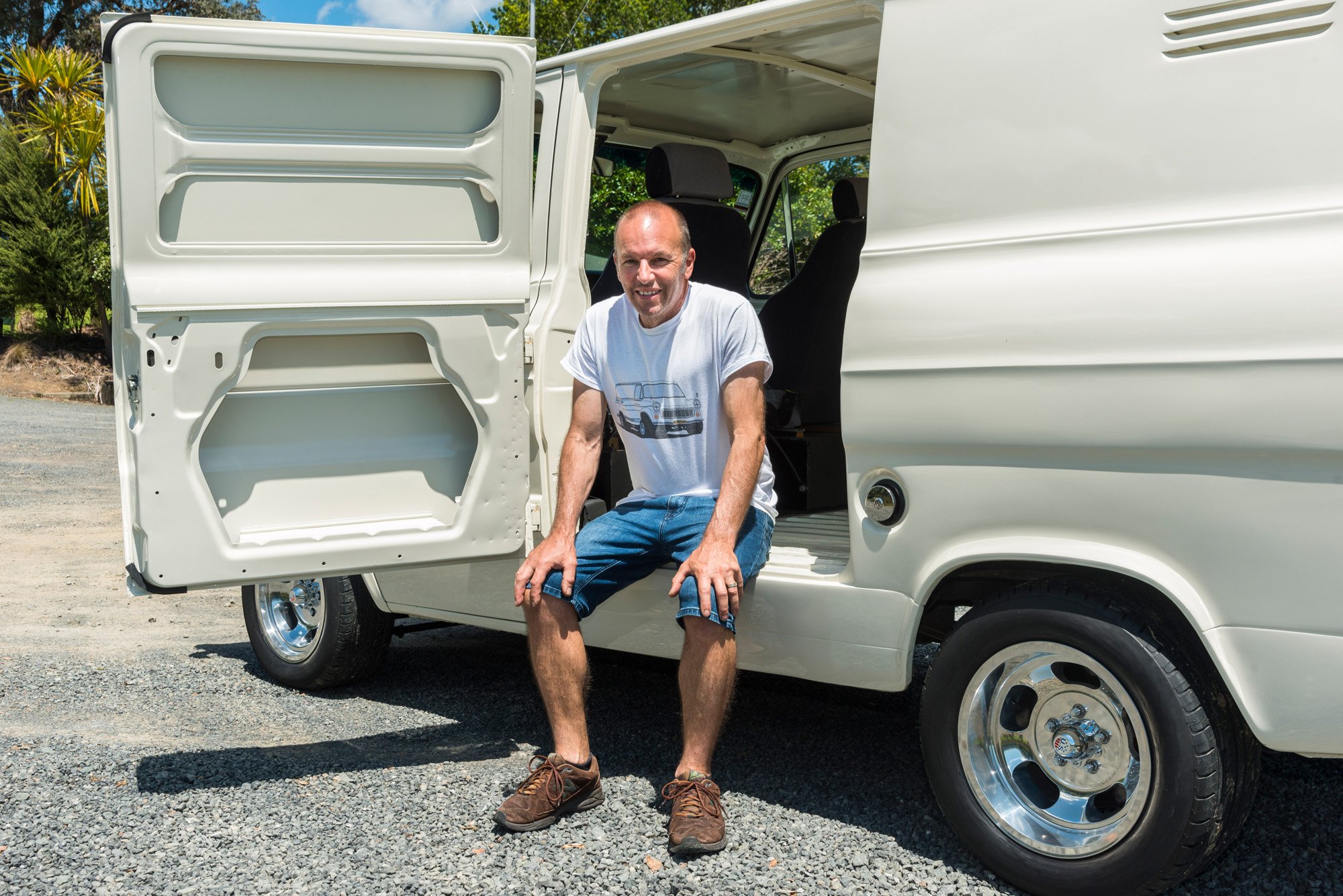
Predicting the future
Conrad had sold that Transit to the Porsche owner, together with a V6 engine and the wiring loom he had acquired from a Transit ‘Supervan 2’ replica — something well worth looking up on the internet. That hole in Conrad’s garage meant he soon had his eye out for another Mark I or II. He had actually started on the restoration of a long-wheelbase Mark 1 with a Barra turbo engine when, in 2014, a friend of his suggested he take a look at this one.
“I know how this is going to end,” Conrad had said to his friend. “Two days later I owned it.”
The van was built here by Steel Bros, which built the Transits under contract to Ford from 1966 to 1972. It started its life of service in 1972 at DB Breweries in Otahuhu. The brewery owned it until 1979. Apparently it looked as if they had carted concrete and gravel around in it. Although holes have been repaired and the whole thing painted, the floor still bears much of the patina — in this case, dents — inflicted during those years. The van was then taken over by a rally driver, who owned it until Conrad bought it.
The previous owner, Andy Walker, put in a 302 Cleveland V8 to beef it up for its role as his rally car tow and service vehicle, which meant he also had to tackle the steering and handling. He fitted an XA Fairmont steering column and a Falcon power steering box, anti-roll bars, disc brakes all around, and a robust nine-inch Lincoln rear end, which meant it could handle the oversteer drifts he regularly doled out. It was never parked outside, which explains the almost complete lack of rust when Conrad acquired it.
The van was retired in the early 2000s, so when Conrad saw it, it hadn’t run for more than 10 years.
“The body was average but not rusty,” he says. “Andy really did look after it.”
Conrad sold off the LWB Mk I. He might have been tempted to do this van up earlier but, as it was, it was perfectly suited for a role in the TV series Westside.
The show’s vehicle wranglers were looking for a Transit and someone in Conrad’s wide range of contacts suggested they give him a ring.
“It was silver with brush-painted grey primer patches, and had custom XA tail lights — the kind of thing they did back then — so it was just right.”
It also had some damage to the front quarter, so, rather than repair the complicated fluting, both sides were bogged and sanded flat, says Conrad. It reprised its role in five seasons of the show.
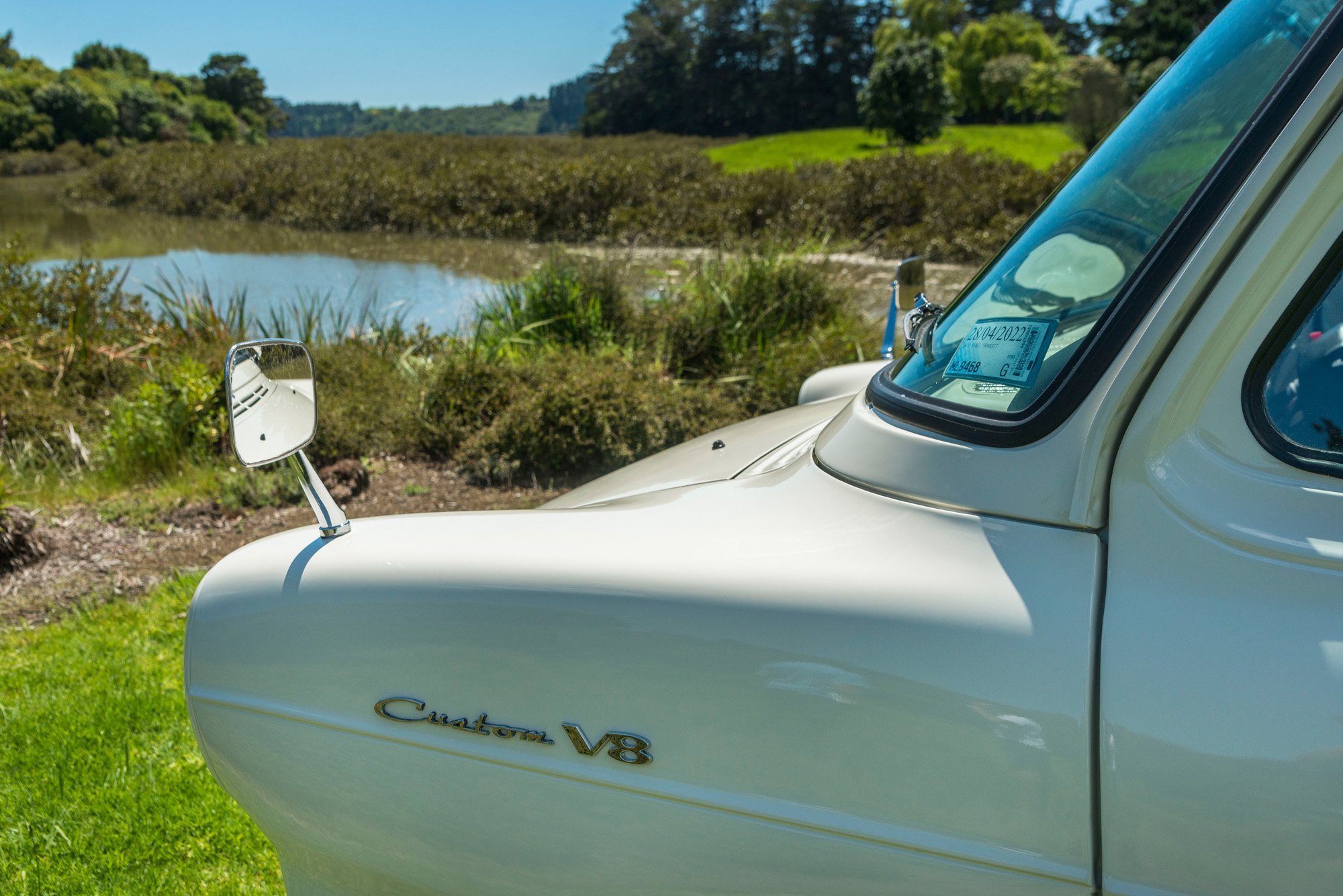
Covid convalescence
When the first Covid lockdown hit, Conrad decided it was time the Mark I Transit received its long-awaited makeover. He wasn’t fond of the column-mounted gear shift, which was prone to dropping into reverse on its own, so he changed the column to that from a Mk V Transit, fitted a Mk III transit power steering box, installed a Lokar floor shifter for the C4 gearbox, and fitted a 3.5:1 ratio to the nine-inch LSD. He also fettled the suspension more to his liking — as the name suggests, his own business, High Performance Classics, has experience in this area.
Conrad says the rear brakes are still an issue. The discs are the same size as the front and just barely fit inside the wheels. Although Conrad has backed off the balance between them, they are still too fierce, and prone to lock up under hard braking. He also plans to fit an overdrive transmission to make the van more suitable for cruising.
The big issue, though, was sorting out the body. Conrad stripped it but left the panelwork and paint to a professional.
Jobs included revealing and repairing the fluted panels in the front wings and sorting out the rear lights. Both of those rear quarter panels were replaced with new old stock, as was the right rear wheel arch panel. The left-side loading door is new, and parts of the side panels on both sides were either cut out and replaced with panels from another van or new metal was fabricated to fit.
On the inside, Conrad sourced some repro door trim panels and had the carpet and transmission tunnel trimmed locally. He added the door sill protection rubbers. The bucket seats are aftermarket but they were in the van when he got it. The previous owner had also fitted XA instruments in the original Transit binnacle. The eagle-eyed will spot that the handle indent on the rear barn door indicates it is from the Series 2 model.
Over the years Conrad had acquired such items as new old stock bumpers, mirrors, tail lights, and headlight surrounds, not to mention the fabulous US Indy mags.The not-quite-right headlights are cherished dual reflector Cibié Biode items, which feature twin H1 halogen bulbs — they were a precursor to H4 halogen bulbs and are much esteemed in classic circles. Conrad picked them up for a song off the internet. The reflectors had corroded but Conrad found someone who could restore them to as-new for a very reasonable price.
Conrad says the TV series director thought the standard headlights were a bit dim for one of the shots they wanted and he wondered if they could be brightened somehow. Conrad had what he thought was the ideal solution; he fitted the Cibiés. The next time the director saw the van, the headlights were much too bright!
The finishing touch is the paint. The rich shade of cream is an authentic period colour that really brings out the van’s classic lines. Conrad deliberately chose the European-spec clear indicator lenses rather than standard orange to preserve the clean looks.
As any restorer knows, there’s much more to a project like this than can be summed up in a few paragraphs but it’s always satisfying to get to the point at which you are fixing the badges. In this case the Custom badges on the front wings come from the English Custom Transit paired with the V8 badges from a P6 Rover.
Conrad says the van is still a work in progress. He still has plans for the brakes and the transmission, and he’s got a new head lining to fit, but right now the van’s doing an excellent job of evoking a hefty dose of head-turning nostalgia, while giving drivers and passengers all the satisfying sensations that come from riding at the controls of an incredibly characterful classic.
This article originally appeared in New Zealand Classic Car issue No. 374



